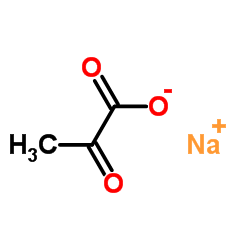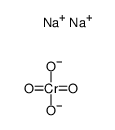| Structure | Name/CAS No. | Articles |
|---|---|---|
 |
Sodium 2-oxopropanoate
CAS:113-24-6 |
|
 |
sodium dodecyl sulfate
CAS:151-21-3 |
|
 |
L-Glutamine
CAS:56-85-9 |
|
 |
potassium chloride
CAS:7447-40-7 |
|
 |
Sodium chromate anhydrous
CAS:7775-11-3 |
|
 |
Ethylenediaminetetraacetic acid
CAS:60-00-4 |